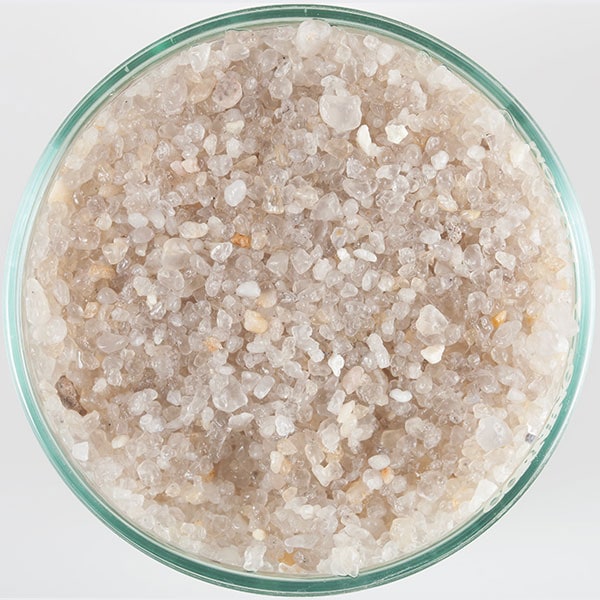I am correct here because I have spent considerable time doing research from those who know, the collectors, ichthyologists, biologists who have worked with every so-far discovered species of cory.
I had a feeling that misleading video on AquariumCo-op would likely be behind this. Ian Fuller, who is the recognized authority on Corydoridae put the lie to the video. It is misleading because it shows a handful of "gravel" which the text says is the substrate. But that is false. I told you earlier that some species liv over a mixed substrate, and the one in this video is such a cory. And if you take a handful of substrate from another area it would be sand. There is actually a fair amount of sand in the video site, but of course they do not tell you this because it does not suit their purpose. If any cory were actually found over sharp substrate, I can assure you their barbels would show it. I had this occur some years ago when I foolishly set up a tank with Flourite; within one week all the 12 cories has stunted barbels, and one panda even had about a quarter of its lower jaw sliced off. They all recovered when moved to a sand substrate tank, and lived for years.
Ian Fuller has been collecting cories and spawning dozens of species for 60 years. Heiko Bleher has been exploring and collecting fish from probably ever accessible habitat in Amazonia and beyond. They will both tell you without any reservation that you mut have soft sand. Cories filter feed; they take up a mouthful of sand (or mud/mulm), extract any food bits they might find, and expel the sand through their gills. This is how they feed, it is a prerequisite programmed into the genetic code of each cory species. To deny them this inherent need is inhumane.
As for internet sites, many are false and unreliable. Any idiot can set up a site these days. That does not mean they have the slightest idea of fish requirements. This forum aims to correct the misinformation, and there are reliable sites...for cories there is pre-eminently Corydoras World (Ian Fuller's site) and it has a FB page, there is Planet Catfish, and there is Seriously Fish.




